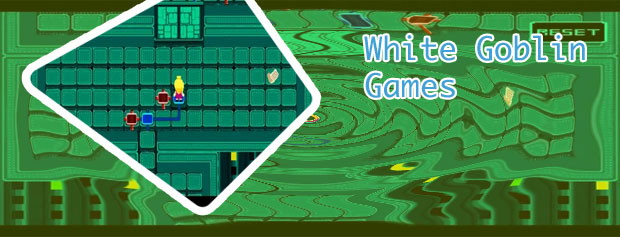
Creating a successful customer game requires a deep understanding of your target audience, their preferences, and their behavior. These articles provide valuable insights and strategies to help you build engaging and rewarding customer games that will keep players coming back for more.
The Psychology Behind Customer Games: How to Keep Players Hooked
In the competitive world of gaming, understanding the psychology behind player behavior is crucial for keeping gamers engaged and invested in the game. By implementing techniques that appeal to the human psyche, developers can create games that are not only entertaining but also addictive.
One key aspect of keeping players hooked is the concept of variable rewards. This psychological principle is based on the idea that unpredictable rewards are more motivating than predictable ones. By incorporating elements such as random loot drops or surprise bonuses, game developers can keep players coming back for more.
Another important factor in player retention is the concept of progression and achievement. Humans are naturally driven to set goals and achieve them, and games that offer a sense of accomplishment through leveling up, unlocking new content, or completing challenges can be incredibly satisfying for players.
Additionally, social interaction plays a significant role in player engagement. Games that allow for social connections, whether through multiplayer modes or in-game chat features, can enhance the overall gaming experience and encourage players to stay connected to the game.
Overall, understanding the psychology behind customer games is essential for developers looking to create successful and engaging gaming experiences. By incorporating elements such as variable rewards, progression, and social interaction, developers can keep players hooked and coming back for more.
10 Strategies for Increasing Customer Engagement in Your Game
Today, we are going to discuss some effective strategies for increasing customer engagement in games. One of the most important things to remember is the importance of creating a seamless and immersive gaming experience for players. This can be achieved through features such as interactive storytelling, personalized content, and social media integration.
In order to keep players engaged, it is essential to regularly update the game with new content and challenges. This will keep the game feeling fresh and exciting, and encourage players to keep coming back for more. Additionally, offering rewards and incentives for completing certain tasks can help to motivate players and keep them engaged.
Another key strategy for increasing customer engagement is to foster a sense of community among players. This can be done through features such as in-game chat, forums, and multiplayer modes. By allowing players to connect with each other, you can create a more social and interactive gaming experience.
Overall, by implementing these strategies, game developers can increase customer engagement and create a more enjoyable gaming experience for players around the world. This article is important for anyone looking to improve player engagement and retention in their games.
5 Ways to Monetize Your Customer Game Without Alienating Players
In the ever-evolving world of gaming, finding ways to monetize your customer game without alienating players is a delicate balance that developers strive to achieve. One expert in the field, Alejandro Santos from Madrid, Spain, offers valuable insights on this topic.
Santos emphasizes the importance of implementing in-game purchases that enhance the player experience without creating a pay-to-win scenario. By offering cosmetic items, such as skins or customization options, players can choose to support the game financially while still enjoying a fair and competitive environment.
Another effective strategy Santos proposes is the implementation of optional ads or rewarded videos. By giving players the choice to watch an ad in exchange for in-game rewards or currency, developers can generate revenue without disrupting the gameplay experience.
Furthermore, Santos suggests the use of limited-time offers or exclusive deals to entice players to make purchases. By creating a sense of urgency or exclusivity, developers can increase player engagement and drive sales.
Overall, Santos's expert advice on monetizing customer games in a player-friendly manner is invaluable in today's competitive gaming industry. By implementing these strategies thoughtfully, developers can achieve financial success while maintaining a positive relationship with their player base.
 Online Hacks Hacks for all games free
Online Hacks Hacks for all games free